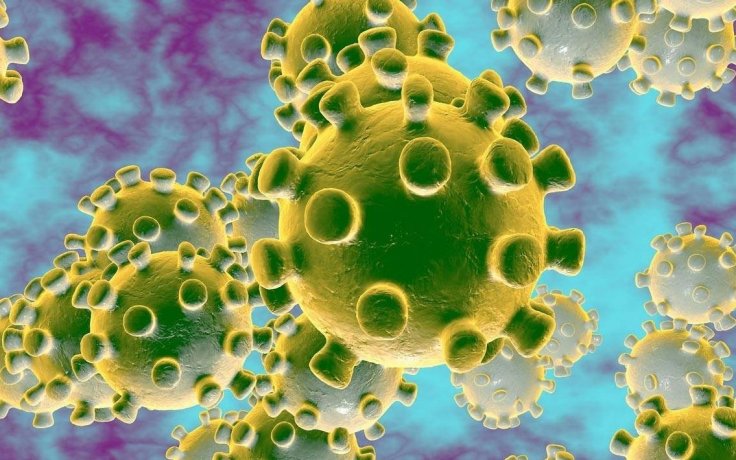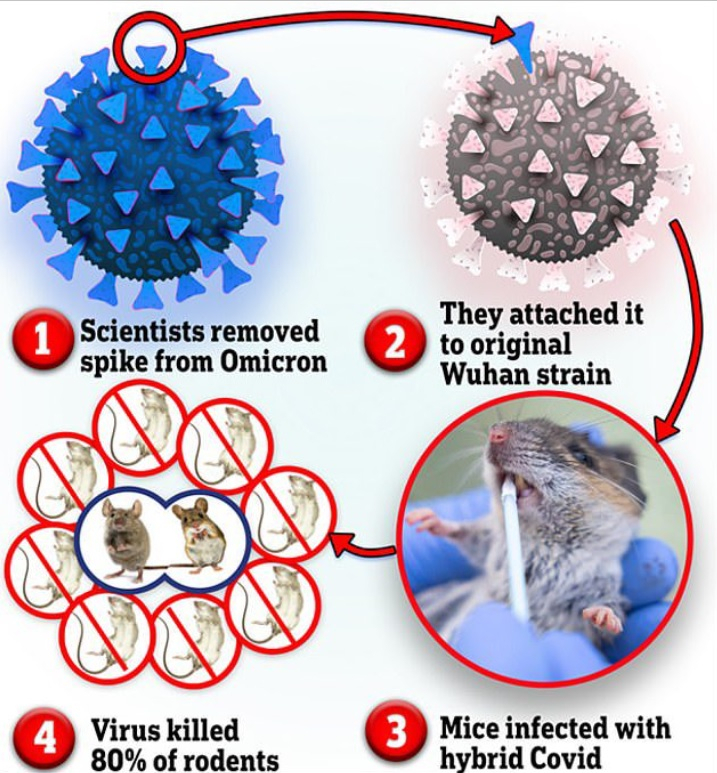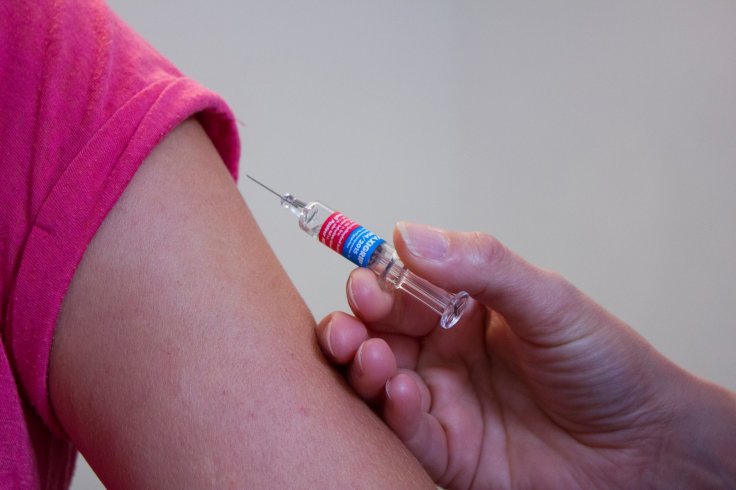Researchers at Boston University claim to have developed a new Covid strain that has an 80 percent kill rate following a set of similar experiments first believed to have started the pandemic after its outbreak in China in 2019. The hybrid virus, made by combining Omicron and the original Wuhan strain, killed 80 percent of mice in a study.
When mice were infected with just the original, ancestral virus strain, 100 percent of the mice died. Despite concerns that similar practices and experiments may have sparked the pandemic, the revelation exposes how dangerous virus manipulation research continues to be conducted even in the United States.
Deadly Research

A group of researchers from Florida and Boston carried out the study at the university's National Emerging Infectious Diseases Laboratories. The strain that was initially discovered at the start of the pandemic, which started in Wuhan, China, was first attached with the spike protein that was taken from Omicron. The mice's responses to the hybrid strain were then recorded.
They found that all mice infected with only the BA.1 omicron variant had mild cases and survived. However, the combined omicron spike protein with the original Covid-19 virus strain developed severe disease with an 80 percent mortality rate.

Mice who were only infected with the original, ancestral viral strain all died.
"In...mice, while Omicron causes mild, non-fatal infection, the Omicron S-carrying virus inflicts severe disease with a mortality rate of 80 percent," they wrote in a research paper.
According to researchers, the new strain has five times more contagious virus particles than the Omicron version.

The Omicron variety is highly transmissible even in those who have had all recommended vaccinations. Researchers have shown that the spike protein controls the virus's infectivity rates, while other structural modifications to the virus determine its timeliness.
Risky Business
In spite of concerns that similar activities may have sparked the pandemic, the disclosure reveals how dangerous virus manipulation research continues to be conducted even in the United States.

"First, this research is not gain-of-function research, meaning it did not amplify the Washington state SARS-COV-2 virus strain (original virus from 2020) or make it more dangerous," Boston University said in a statement following online reports that the university called "false and inaccurate."
"In fact, this research made the virus replicate less dangerous," the university added.
According to the experts, this investigation offers crucial insights regarding omicron's capacity to spread disease.

"Consistent with studies published by others, this work shows that it is not the spike protein that drives Omicron pathogenicity, but instead other viral proteins," lead study author Mohsan Saeed told the Boston Herald.
"Determination of those proteins will lead to better diagnostics and disease management strategies," Saeed said.
However, experts feel that developing such a strain in the lab could be dangerous and researchers are playing with fire.

According to the Daily Mail, Professor Shmuel Shapira, a leading scientist in the Israeli Government, said: "This should be totally forbidden, it's playing with fire."
Dr Richard Ebright, a chemist at Rutgers University in New Brunswick, New Jersey, told DailyMail.com that: "The research is a clear example of gain of function research. If we are to avoid a next lab-generated pandemic, it is imperative that oversight of enhanced potential pandemic pathogen research be strengthened."
Prof David Livermore, a professor of microbiology at the UK's University of East Anglia told DailyMail.com: "given the strong likelihood that the Covid pandemic originated from the escape of a lab-manipulated coronavirus in Wuhan, these experiments seem profoundly unwise."
Gain of function research, in which viruses are intentionally altered to be more contagious or lethal, is regarded to be the root cause of Covid. Similar research on bat coronaviruses was conducted in a Chinese laboratory that was just a few miles from the initial cluster of patients.
But since 2017, the United States has significantly limited the practice. It had previously been put on hold from 2014 to 2017 over concerns that it would unintentionally spark the spread of a pandemic.









